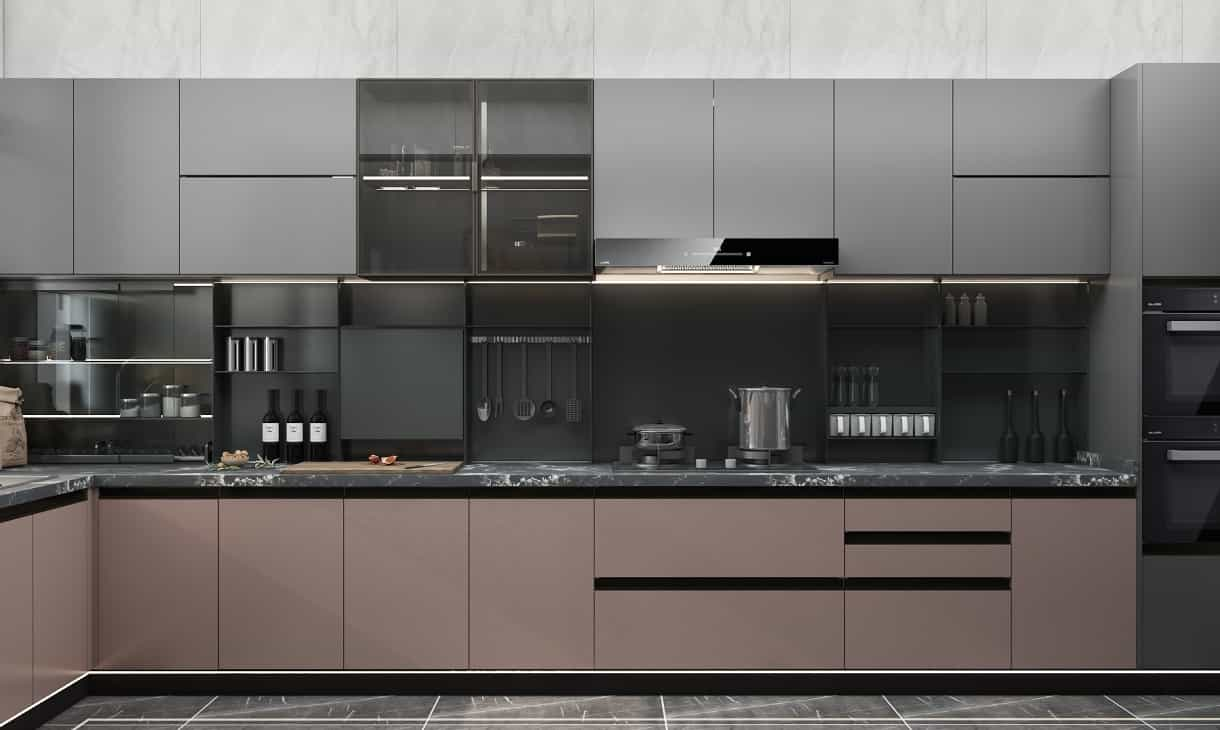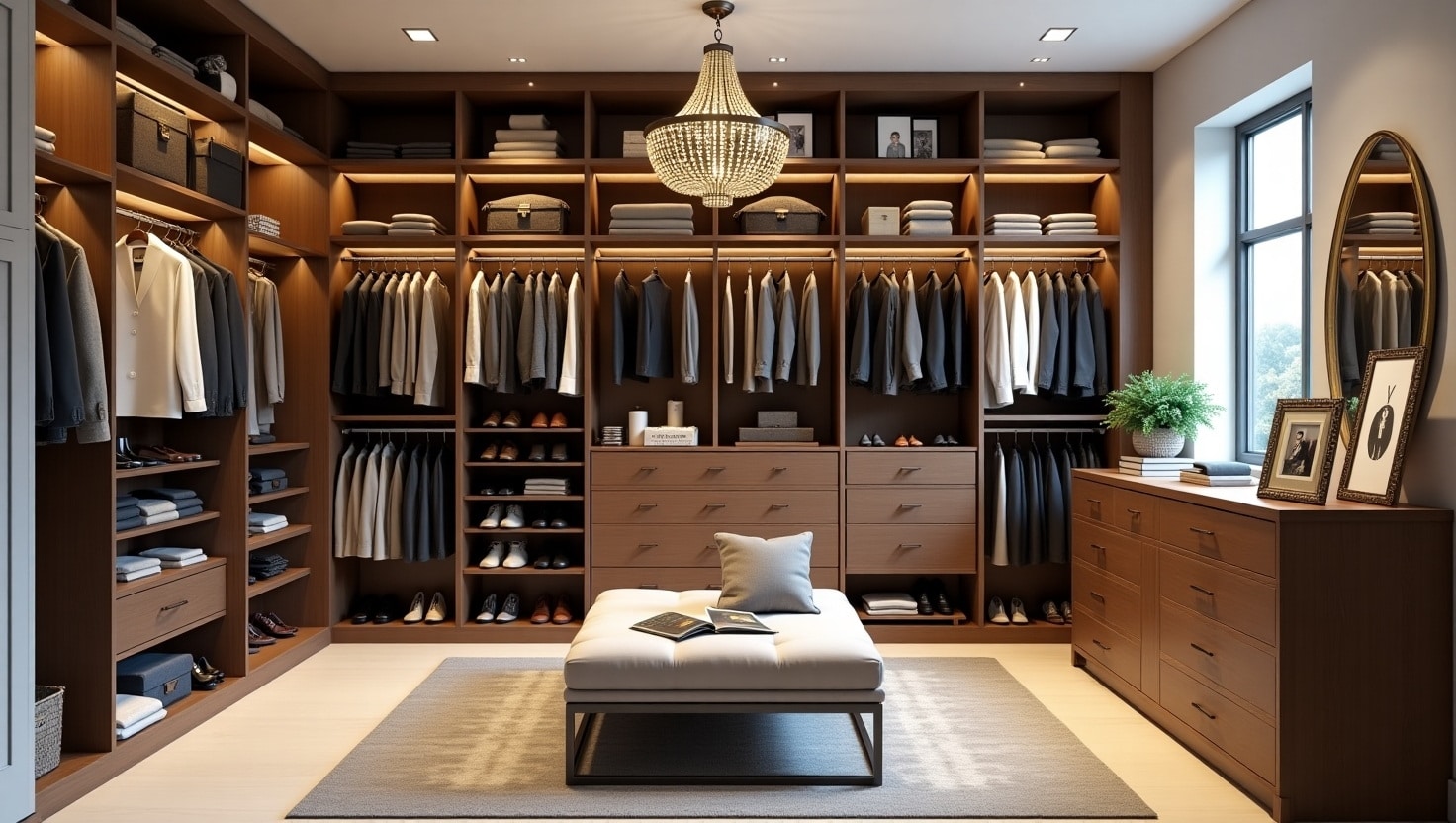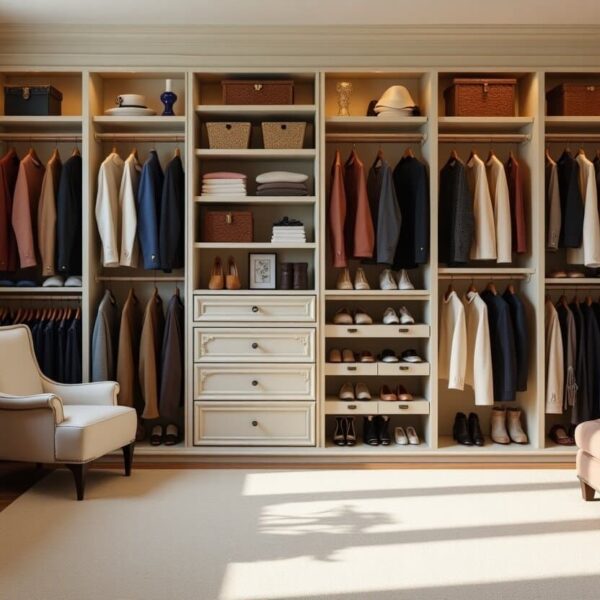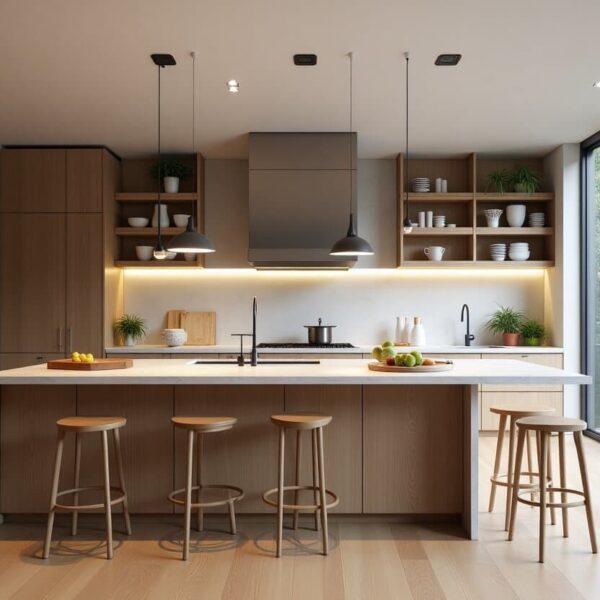What truly dictates your wardrobe’s environmental friendliness, durability, and moisture resistance is the core board material used inside. If you’re considering a custom wardrobe from China, understanding the material options offered by Chinese wardrobe makers is crucial. This guide will help you fully understand three mainstream board materials, allowing you to make a truly suitable choice based on your budget, intended use, and environmental conditions.

What They Don't Tell You
Before we dive into the specifics, let’s shatter some common myths that often lead to costly regrets. Ignoring these can literally leave you with a wardrobe that falls apart or harms your health.
This is perhaps the most dangerous myth: “Cheaper is always best.” While budget is a factor, the lowest upfront cost often translates to higher repair, replacement, and even health costs down the line. Think long-term value, not just initial spend.
Another pervasive myth is: “Only solid wood is truly eco-friendly.” Many engineered wood materials, especially those with low formaldehyde emissions, are highly sustainable. They often utilize recycled wood content, reducing demand for virgin timber.
You might also hear: “Plywood is always superior to MDF.” Not true across the board. Each material has its superpower. For instance, MDF’s ultra-smooth surface is unparalleled for achieving flawless painted or intricately carved door panels.
Don’t fall for: “Particle Board isn’t environmentally friendly.” This depends on its grade. High-quality Particle Board, particularly E1 grade and above, can meet stringent international environmental standards. The key is knowing what to look for.
A common misconception is: “MDF isn’t moisture-resistant.” While standard MDF struggles with water, specialized HMR (High Moisture Resistant) MDF is engineered precisely for humid environments. Don’t dismiss it outright!
Lastly, don’t believe: “Plywood is very expensive.” The cost of Plywood varies significantly based on its grade and the number of layers. With the right Chinese custom wardrobe manufacturer, you can find cost-effective, high-quality plywood options that still deliver superior performance.
What Are These Materials Made Of?
Understanding the composition of each board is crucial. It’s not just about the name; it’s about what’s beneath the surface that dictates performance and longevity.
Particle Board (PB)
Particle Board, essentially made from wood chips and sawdust bonded together with resin under pressure, possesses a loose structure, is lightweight, and easy to work with. However, its major drawback is poor moisture resistance, and its environmental ratings are typically E2 or E1. It’s often used for economy furniture and non-load-bearing parts like wardrobe back panels. While generally the most budget-friendly option, often costing half the price of plywood and being inexpensive for installation and transport, its vulnerability means higher potential repair costs down the line. In humid regions, the repair costs for a PB wardrobe after just two years can easily wipe out any initial savings.

Medium-Density Fiberboard (MDF)
MDF is crafted from fine wood fibers that are highly compressed and bonded with glue, resulting in a remarkably smooth surface that makes it excellent for painting and intricate carving. Its uniform structure gives it a consistent look and feel, though it’s heavier than particle board. Standard MDF has weak moisture resistance, so you absolutely need the moisture-resistant (HMR) version to handle humid environments, making it ideal for custom wardrobe doors and decorative panels. Its price falls between particle board and plywood, with E0-grade or HMR versions costing a bit more, but its lower long-term maintenance costs make it worthwhile for those prioritizing visual detail. However, a critical warning: never let MDF get close to a shower area or plumbing connections, as even the HMR type isn’t meant for direct water exposure.

Plywood
Plywood is the champion of strength and stability, constructed from multiple layers of thin solid wood veneer, each glued cross-grain over the last—a lamination technique key to its superior performance. This material offers high strength, excellent moisture resistance, superior durability, and is less prone to warping, though its exposed edges typically require proper edge banding. Plywood is perfect for high-end wardrobe structures, suspended cabinet bases, and any application demanding serious moisture resistance. While generally the most expensive option, especially multi-layer or BWR/BWP grades, its structural integrity, moisture resistance, and longevity offer exceptional value for money. As an expert tip: be vigilant! Unscrupulous manufacturers might use softwood fillers instead of solid birch cores, so always verify the core material.

Moisture Resistance & Formaldehyde Emissions
Moisture Resistance Grades:
- MR (Moisture Resistant): Good for general indoor use.
- BWR (Boiling Water Resistant): Can withstand higher humidity, making it suitable for kitchens.
- BWP (Boiling Waterproof): Designed for high-moisture environments like bathrooms or even outdoor use.
Formaldehyde Emission Standards:
The scale E0 < E1 < E2 indicates formaldehyde emission levels, with E0 being the lowest (and safest). Always aim for E0 or at least E1. The amount of glue used in manufacturing affects these levels. Particle Board uses a higher volume of glue, which historically led to higher formaldehyde. While modern manufacturing has improved, always scrutinize its grade. MDF also requires careful selection of E0 grade. Plywood typically offers the best options for higher environmental grades due to its layered structure and often lower glue-to-wood ratio.
Have a project in mind? Send a message.
Get the catalog for free
What the Lab Tests Reveal
Numbers and fancy names are one thing, but how do these materials actually perform under stress? Our research involves rigorous testing to provide you with objective insights.
Experiment 1: 72-Hour High Humidity (90%) Aging Test
Under high humidity (90%) for 72 hours, particle board’s thickness increased by 12%, with edges crumbling; MDF swelled about 0.41mm and showed moderate black mold growth; in contrast, plywood thickness increased only by 3%, with slight surface swelling but intact structure, clearly outperforming particle board and MDF in moist conditions.
Experiment 2: Load-Bearing Limit Challenge (60cm Span)
Under a 30kg load on a 60cm span for 72 hours, particle board bent irreversibly by 4.2mm; MDF deformed 10mm permanently under the same load; plywood under 50kg load bent less than 1mm and fully recovered after unloading, demonstrating superior load-bearing capacity and resilience.
Experiment 3: Formaldehyde Release Temperature Curve (25°C vs. 32°C)
At 25°C, formaldehyde emission for E1 particle board was 0.8 mg/m³, E0 MDF was only 0.05 mg/m³, and plywood was 0.6 mg/m³; when temperature rose to 32°C, emissions surged to 1.9 mg/m³ (exceeding standards) for particle board, 0.15 mg/m³ for E0 MDF, and 1.1 mg/m³ for plywood, indicating the importance of selecting E0-grade materials in warm climates.
Experiment 4: Screw Holding Power Decay
After 5 assembly-disassembly cycles, particle board’s screw-holding power dropped by 60%, with visible structural damage; MDF’s grip dropped 40%; plywood maintained about 85% screw-holding strength even after 10 cycles, showing outstanding durability and stability.

How to Choose the Right Wardrobe Material Based on Your Needs
Now that you’re armed with the facts, let’s streamline your decision-making process for your custom wardrobe from China.
First, clarify your primary use. For budget-limited or DIY projects, Particle Board can be a functional, cost-effective choice for low-impact, short-term use. If you’re looking for mid-range furniture, painted door panels, or stylized designs, MDF is an excellent option, especially for smooth finishes and intricate routing. Consider HMR versions for any moisture exposure. However, if you require high strength, superior moisture resistance, and long-term durability—especially for core wardrobe or cabinet structures—then Plywood (BWR/BWP grades are highly recommended for high-humidity areas) is your undisputed champion.
Second, set your budget realistically. While Particle Board has the lowest upfront cost, remember that MDF and especially Plywood offer significantly better long-term value, durability, and reduced maintenance.
Finally, prioritize high environmental grades. Always, always, always opt for the highest environmental grade (E0) you can afford. Your health is worth the investment.

Final Tip: Don’t Forget Finishing & Installation Details
Choosing the right board is foundational, but the finishing treatments are equally vital for your wardrobe’s longevity and performance.
Edge Banding, Laminates, or Sealing are non-negotiable. They protect the raw edges of the materials from moisture ingress and daily wear and tear. For all floor-standing cabinets, always consider adding moisture-proof elevated bases or PVC feet to prevent direct contact with potential floor moisture.
If your wardrobe backs onto an exterior wall, particularly in humid climates, choosing BWR Plywood or HMR MDF for the back panel is highly recommended to prevent condensation and moisture damage. Lastly, it is strongly advised not to use Particle Board for any structural components or surfaces directly exposed to water sources (e.g., near leaky pipes or frequently wet floors).
Why Partner with a Reliable Chinese Custom Wardrobe Manufacturer?
Material selection is a long-term investment, not a marketing gimmick. Instead of blindly chasing “solid wood” or the lowest quote, ask the right questions: Will the wardrobe be placed against a damp wall? Does it need to support heavy loads? Is aesthetics or functionality your top priority?
At NextHomeFurnishing, we specialize in tailor-made solutions for global customers. As a trusted Chinese custom wardrobe manufacturer, we bring over 10 years of high-end cabinet experience, offering design consultation, OEM/ODM services, and production tailored to your regional climate—from Southeast Asia’s humidity to Australia’s dryness or the salt-heavy air of Florida.
If you’re seeking a high-quality custom wardrobe from China that combines superior material intelligence with expert craftsmanship, we invite you to connect with nexthomefurnishing. Let us provide you with truly reliable materials and solutions for your home.
Contact NextHome Now!
We are here to help you with your business needs. We have a team of experts who are always eager to help you.



